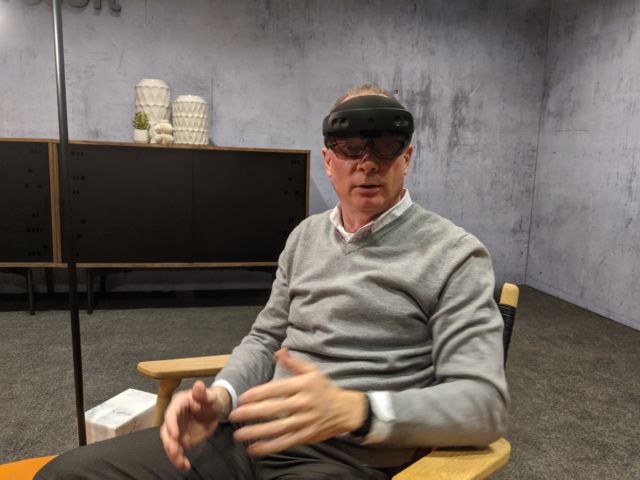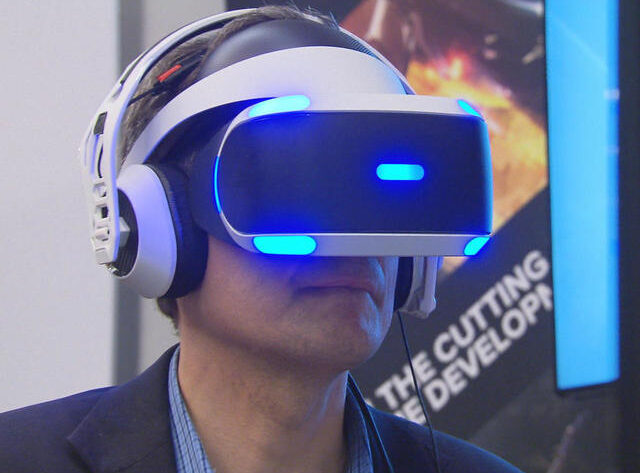Virtual Reality (VR) has emerged as a groundbreaking technology in recent years, transforming the way we interact with digital content and immersive experiences. While it may seem like a relatively new phenomenon, the roots of virtual reality date back much further. In this article, we will delve into the fascinating history of virtual reality, tracing its evolution from its inception to the cutting-edge developments of today.
The Birth of Virtual Reality
The concept of virtual reality can be traced back to the mid-20th century when visionary inventors and pioneers began to explore the possibilities of creating simulated environments. In 1957, Morton Heilig developed the “Sensorama,” a machine that engaged multiple senses to provide a holistic and immersive experience. It featured stereoscopic 3D visuals, surround sound, and even scent dispensers, offering a glimpse into the potential of VR.
The 1960s and 1970s: The Dawn of Computer Graphics
The 1960s and 1970s saw significant advancements in computer technology, which laid the foundation for virtual reality as we know it today. In 1965, Ivan Sutherland created the “Ultimate Display,” a head-mounted display (HMD) that allowed users to see computer-generated graphics in a three-dimensional space. This invention is often considered the first true VR headset.
The 1980s: The Age of Arcade VR
The 1980s brought virtual reality to the arcade scene. The most notable example was “Virtuality,” a series of arcade machines that offered multiplayer VR experiences. Players could don VR headsets and immerse themselves in a virtual world, playing games like “Dactyl Nightmare” and “Legend Quest.” Although expensive and limited in availability, these early VR arcade experiences captured the imagination of gamers worldwide.
The 1990s: VR in Popular Culture
The 1990s saw virtual reality making its mark in popular culture. Hollywood embraced VR in movies like “Lawnmower Man” and “The Matrix,” portraying VR as a medium for escaping reality or even altering it. While these depictions were often exaggerated, they contributed to the growing fascination with virtual reality.
The 2000s: A Period of Dormancy
Despite initial enthusiasm, virtual reality faced a period of dormancy in the early 2000s. The technology was still in its infancy, and the hardware required for a truly immersive experience was costly and not widely available. However, behind the scenes, researchers and developers continued to refine VR technology, paving the way for a resurgence in the coming years.
The 2010s: The VR Renaissance
The 2010s marked a renaissance for virtual reality. In 2012, Oculus VR, founded by Palmer Luckey, launched a Kickstarter campaign for the Oculus Rift, a high-quality and affordable VR headset. The campaign’s success demonstrated a strong demand for VR, leading to Facebook’s acquisition of Oculus VR in 2014.
This acquisition signaled the beginning of a new era for virtual reality, with major players like HTC, Sony, and Google entering the market with their own VR headsets. VR technology became more accessible to consumers, and a growing library of VR content, from games to educational experiences, emerged.

The Present and Future of VR
Today, virtual reality has found applications in various fields beyond gaming, including healthcare, education, architecture, and training simulations. Medical professionals use VR to practice surgical procedures, educators use it to create immersive learning environments, and architects use it to design buildings.
As we look to the future, virtual reality continues to evolve. The development of augmented reality (AR) and mixed reality (MR) technologies promises even more immersive and interactive experiences. With advancements in hardware and software, VR is poised to become an integral part of our daily lives.
In conclusion, the journey of virtual reality from its early beginnings to its current state is a testament to human ingenuity and innovation. What started as a concept in science fiction has become a transformative technology with the potential to reshape industries and enhance our lives in ways we could have never imagined. As VR continues to evolve, we can only speculate about the exciting possibilities it holds for the future. For more insights and further information about virtual reality, be sure to visit Mark Mcguinn to learn more.




